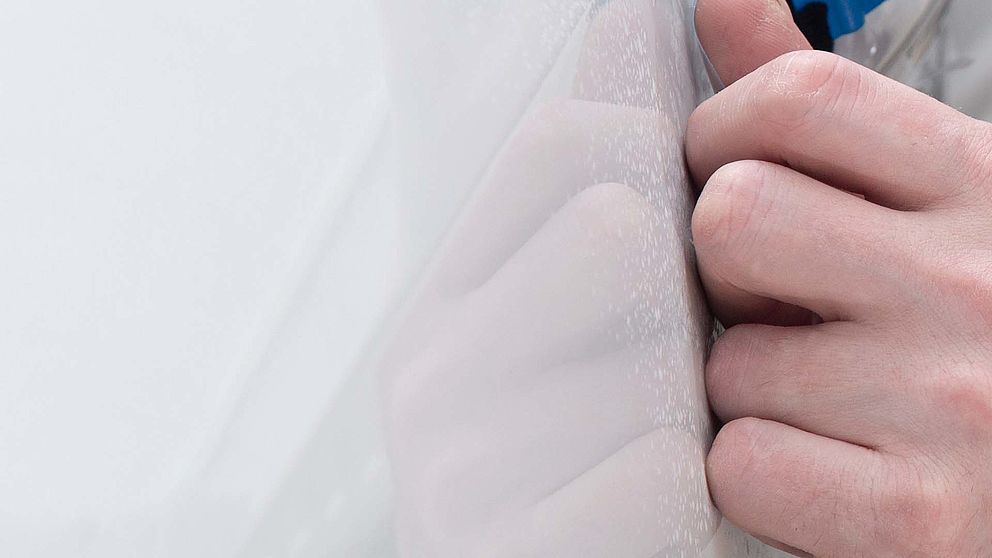
- Whitepaper
-
Case Studies
- Formular Aerofinne
- Download-Side Aerofinne
- Formular Display bonding
- Download-Side Display bonding
- Formular Glass cover bonding
- Download-Side Glass cover bonding
- Formular Illuminated Radiator Grille
- Download-Side Illuminated Radiator Grille
- Formular Light Carpet Cover Bonding
- Download-Side Light Carpet Cover Bonding
- Formular Sensor Strip Bonding
- Download-Side Sensor Strip Bonding
- Formular PBC-shielding
- Download-Side PBC-shielding
-
Blog
- The pull tab
- Factors affecting adhesiveness
- Customised packaging solutions
- Liquid adhesive vs. adhesive tape
- Presentations for efficient further processing
- Gluing is botching – The myth debunked
- Adhesive tape as a problem solver
- The liner of adhesive tapes
- Preventing Tape Failure
- Optimized Material Utilization
- Adhesive tape in vehicle displays
- Adhesive tape in battery constructions
- Activation of adhesive tape
- Types of protective films
- Conductivity in adhesive tapes
- Cost Optimization in the procurement process
- Adhesion, cohesion and tack
- Surface energy of adhesive solutions
- How to Quickly Get the Optimal Offer
- Tags
- Videos
- Prototyping
- Digital Open House

![[Translate to Englisch:] Beispiel permanenter Schutzfolien [Translate to Englisch:] Beispiel permanenter Schutzfolien](/fileadmin/_processed_/e/b/csm_Permanente_Schutzfolien_d063a0c683.jpg)
![[Translate to Englisch:] Beispiel temporärer Schutzfolien [Translate to Englisch:] Beispiel temporärer Schutzfolien](/fileadmin/_processed_/6/f/csm_Temporaere_Schutzfolien_f6c508a041.jpg)
![[Translate to Englisch:] Schutzfolien rückstandsfrei entfernen [Translate to Englisch:] Schutzfolien rückstandsfrei entfernen](/fileadmin/_processed_/7/3/csm_Blog_Artikel_Schutzfolien_Aero_Finne_5c1403bd39.jpg)
![[Translate to Englisch:] Auswahlkriterien von Schutzfolien [Translate to Englisch:] Auswahlkriterien von Schutzfolien](/fileadmin/_processed_/b/c/csm_Blog_Artikel_Schutzfolien_366e5047ce.jpg)
